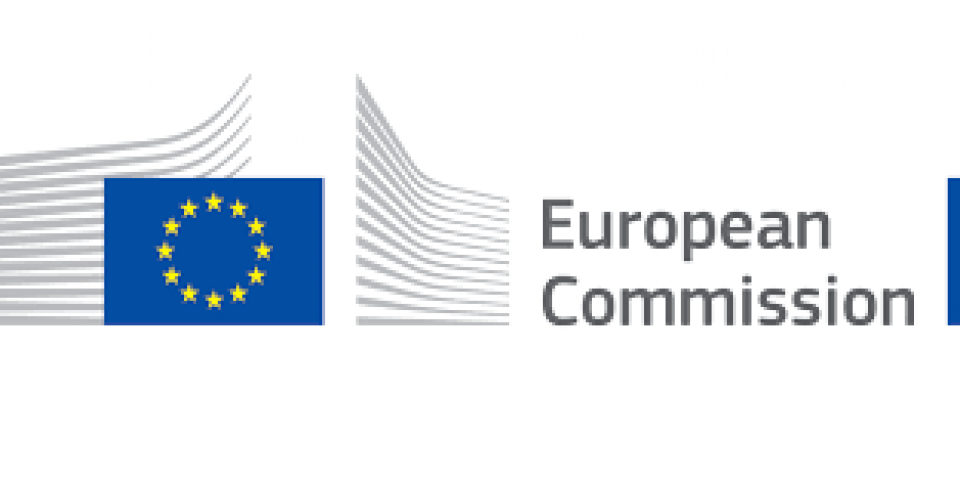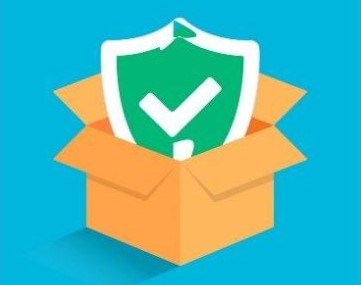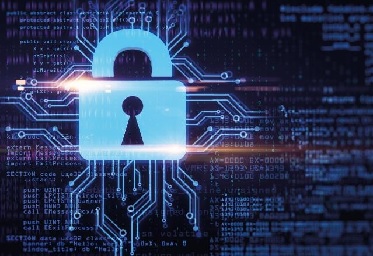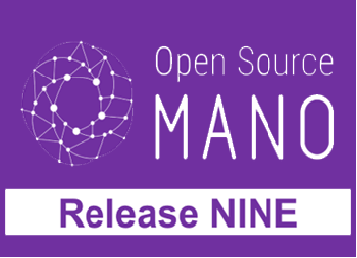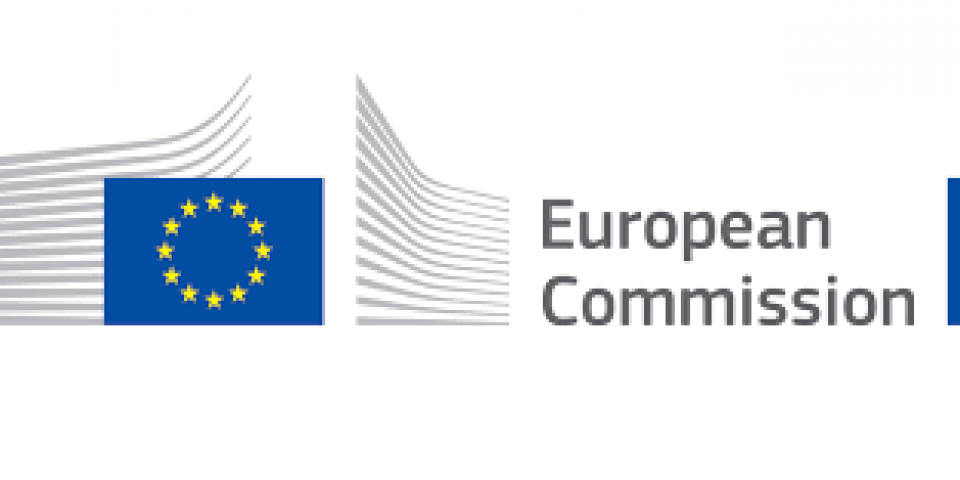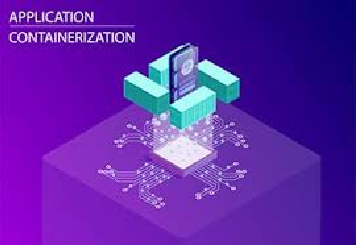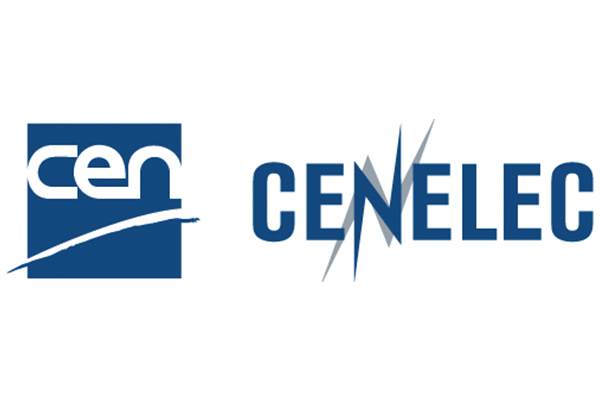The European Commission published a new Action Plan on Intellectual Property to help companies, especially small and medium-sized companies (SMEs), to make the most of their inventions and creations and ensure they can benefit our economy and society. Intellectual property (IP) is a key driver for economic growth as it helps companies to valorise their intangible assets. The Action Plan aims at enabling the European creative and innovative industry to remain a global leader and at speeding up Europe's green and digital transitions. In particular, the Action Plan sets out key steps to improve the protection of IP; to boost the uptake of IP by SMEs; to facilitate the sharing of IP to increase the technological uptake in the industry; to fight counterfeiting and improve the enforcement of IP rights; and to promote a global level playing field. Action Plan announces measures in five key areas:
- Improving the protection of IP
- Boost the uptake of IP by small and medium-sized companies (SMEs)
- Facilitate the sharing of IP
- Fight counterfeiting and improve enforcement of IP rights
- Promote a global level playing field
Factsheet on the Action Plan on Intellectual Property
Action Plan on Intellectual Property “Making the most of the EU's innovative potential – An intellectual property action plan to support the EU's recovery and resilience”
ETSI Releases Middlebox Security Protocols Framework Specifications
ETSI announced a new specification, ETSI TS 103 523-1: Part 1 of the Middlebox Security Protocol (MSP) series, which defines the security properties of a Middlebox Security Protocol. Middleboxes are vital in modern networks - from new 5G deployments, with ever-faster networks that need performance management, to resisting new cyberattacks with evolved threat defence that copes with encrypted traffic, to VPN provision. Industry needs middlebox technology to keep pace with these and other evolving and diverse use cases. However, middlebox deployments often raise complex and multi-layered questions around the security, privacy and trust of using middleboxes.
MSP Part 1 (ETSI TS 103 523-1) addresses this gap by specifying a new security framework for middlebox protocols, allowing middleboxes to perform vital functions securely whilst keeping up with the rapid pace of technical development. The MSP series is driven by four important principles that are vital for secure MSP deployments to perform their functions. These are:
- Data Protection (DP): protecting data from network attackers and malicious actors.
- Transparency (T): having knowledge of which parties have what access to the data.
- Access Control (AC): allowing endpoints meaningfully to grant access to parties with this knowledge.
- Good Citizen (GC): preventing complexity that adds DDoS attack vectors to the network.
New EU Cybersecurity Strategy & New Rules to Make Physical and Digital Critical Entities More Resilient
The European Commission and the High Representative of the Union for Foreign Affairs and Security Policy are presenting a new EU Cybersecurity Strategy. As a key component of Shaping Europe's Digital Future, the Recovery Plan for Europe and the EU Security Union Strategy, the Strategy will bolster Europe's collective resilience against cyber threats and help to ensure that all citizens and businesses can fully benefit from trustworthy and reliable services and digital tools. Whether it is the connected devices, the electricity grid, or the banks, planes, public administrations and hospitals Europeans use or frequent, they deserve to do so with the assurance that they will be shielded from cyber threats.
The new Cybersecurity Strategy also allows the EU to step up leadership on international norms and standards in cyberspace, and to strengthen cooperation with partners around the world to promote a global, open, stable and secure cyberspace, grounded in the rule of law, human rights, fundamental freedoms and democratic values.
ETSI announced the launch of OSM Release NINE . With an array of new features, this Release completes the alignment process with ETSI NFV specifications, culminating in native adoption of ETSI GS NFV-SOL006 for network functions and service modelling. Standardizing the onboarding process for VNFs into OSM fosters interoperability and boosts the growth of OSM’s VNF ecosystem. Release NINE coincides with the announcement of a new production deployment, confirming OSM as the most comprehensive open-source NFV orchestrator and a key enabler for zero-touch end-to-end network and service automation.
OSM Release NINE is the result of almost five years of development and part of the industry’s greater effort towards adopting standards, striving to ensure a healthy and diverse ecosystem of interoperable orchestrators, clouds, and network functions.
The European Commission presented its ‘Sustainable and Smart Mobility Strategy' together with an Action Plan of 82 initiatives that will guide its work for the next four years. This strategy lays the foundation for how the EU transport system can achieve its green and digital transformation and become more resilient to future crises. As outlined in the European Green Deal, the result will be a 90% cut in emissions by 2050, delivered by a smart, competitive, safe, accessible and affordable transport system.
Milestones for a smart and sustainable future: All transport modes need to become more sustainable, with green alternatives widely available and the right incentives put in place to drive the transition. Concrete milestones will keep the European transport system's journey towards a smart and sustainable future on track:
By 2030:
- at least 30 million zero-emission cars will be in operation on European roads
- 100 European cities will be climate neutral.
- high-speed rail traffic will double across Europe
- scheduled collective travel for journeys under 500 km should be carbon neutral
- automated mobility will be deployed at large scale
- zero-emission marine vessels will be market-ready
The ETSI group on Network Functions Virtualization (ETSI Industry Specification Group NFV) unveiled its first specification enabling containerized VNFs to be managed in an NFV framework. The ETSI GS NFV-IFA 040 specifies requirements for service interfaces and an object model for OS (Operating System) container management and orchestration.
ETSI GS NFV-IFA 040 describes the new functions required for the management and orchestration of OS containers, the Container Infrastructure Service Management (CISM) and the Container Image Registry (CIR). The CISM is responsible for maintaining the containerized workloads and manages the OS container, computation storage, network resources and their configuration. The CIR is responsible for storing and maintaining information of OS container software images.
The GS is supplemented by the first NFV Release 4 specifications ETSI GS NFV-IFA 010 and ETSI GS NFV-IFA 011 which provide enhancements of the specification of management and orchestration functional requirements, and extensions of the VNF package and VNF descriptor specifications respectively.
Security standards are for all! Read CEN and CENELEC’s new brochure
The CEN and CENELEC Sector Forum for Security (SF-Sec) has developed a brochure to share with the security standardization community. The brochure includes examples of areas of security to which standardization is contributing. In addition, it contains clear examples of how individuals in the security standardization community have developed standards on concrete topics. The brochure aims to be a call to action to invite stakeholders to participate actively in these efforts. The full brochure can be read and downloaded on CEN and CENELEC’s website.






